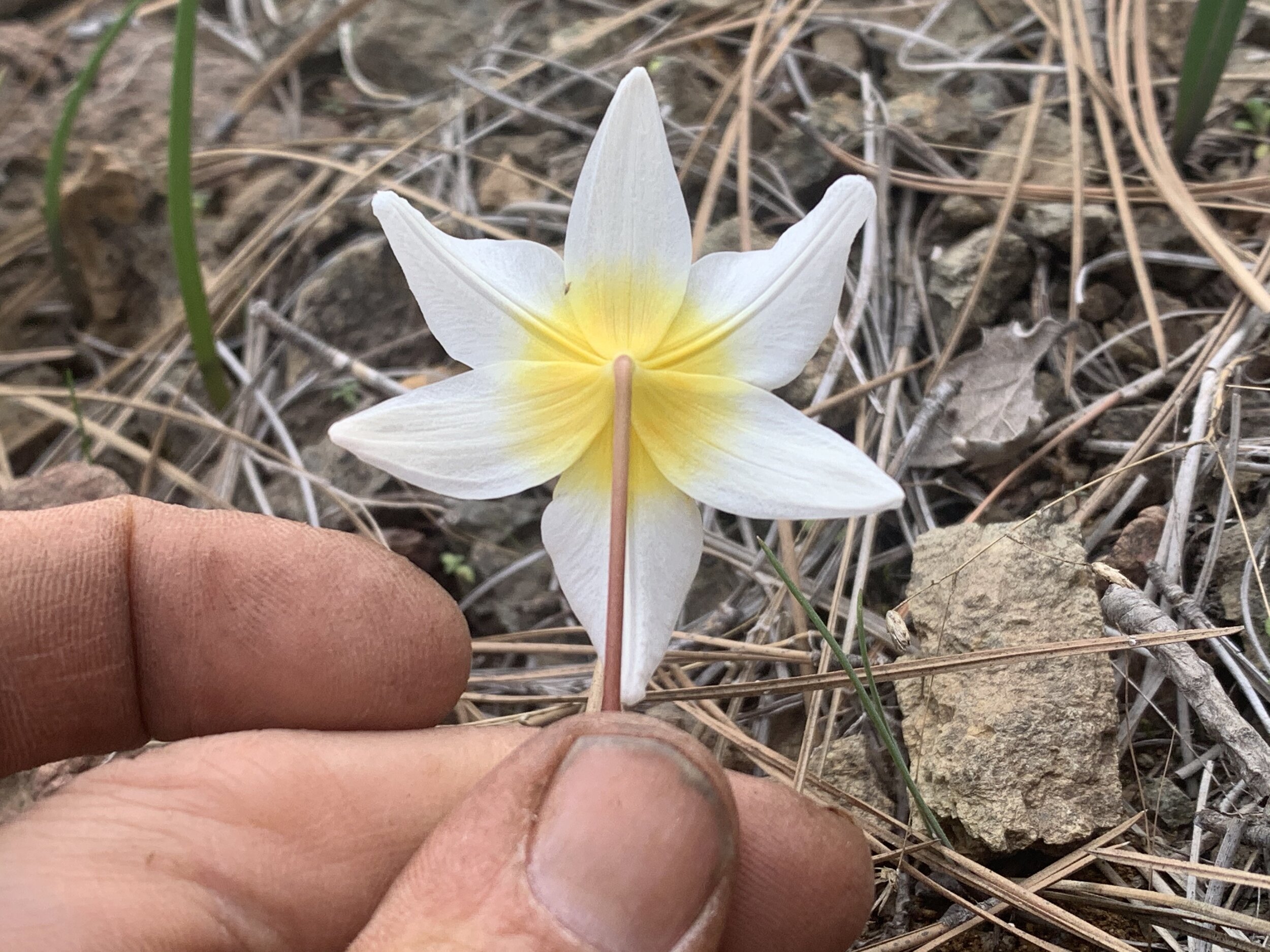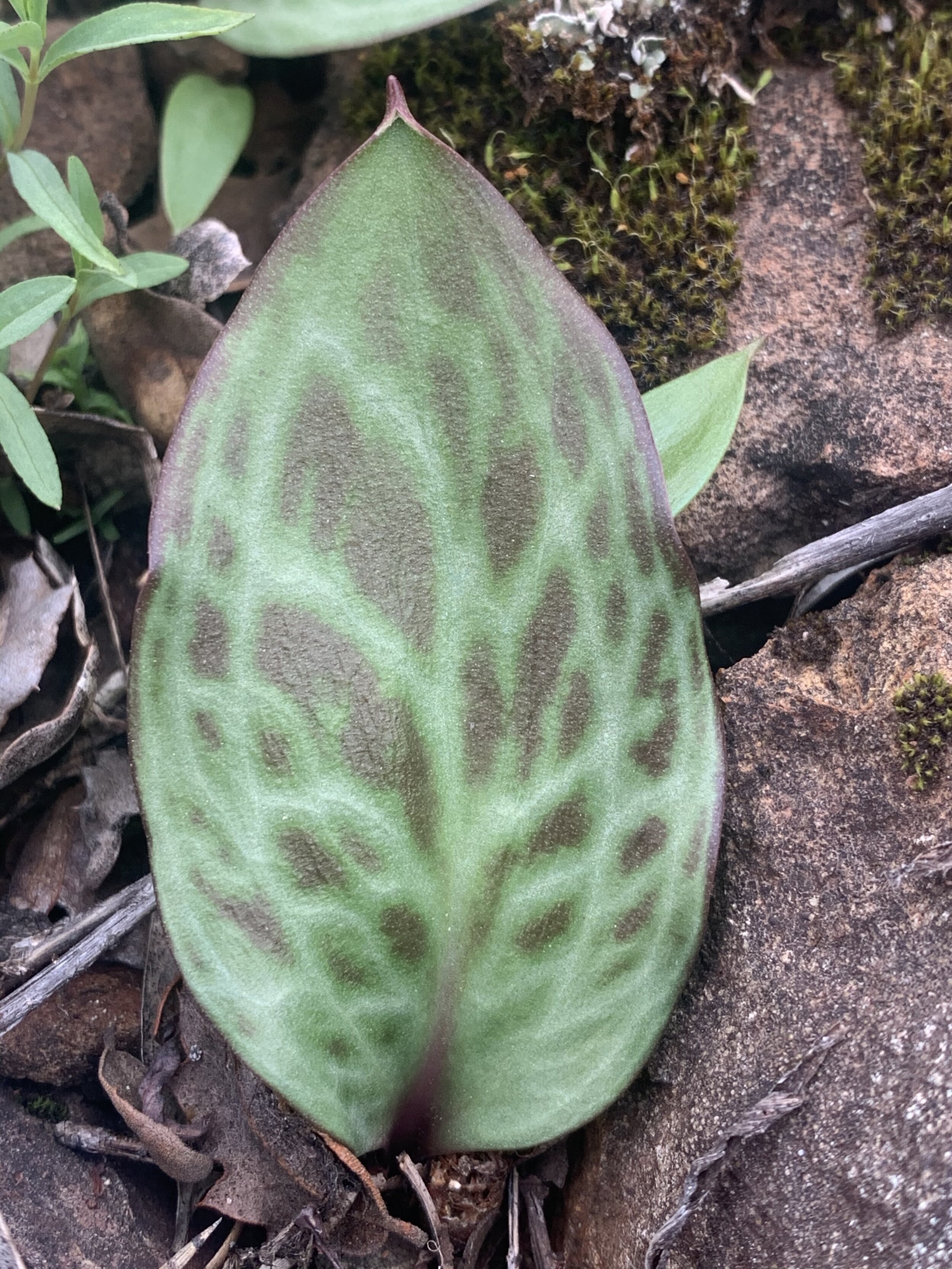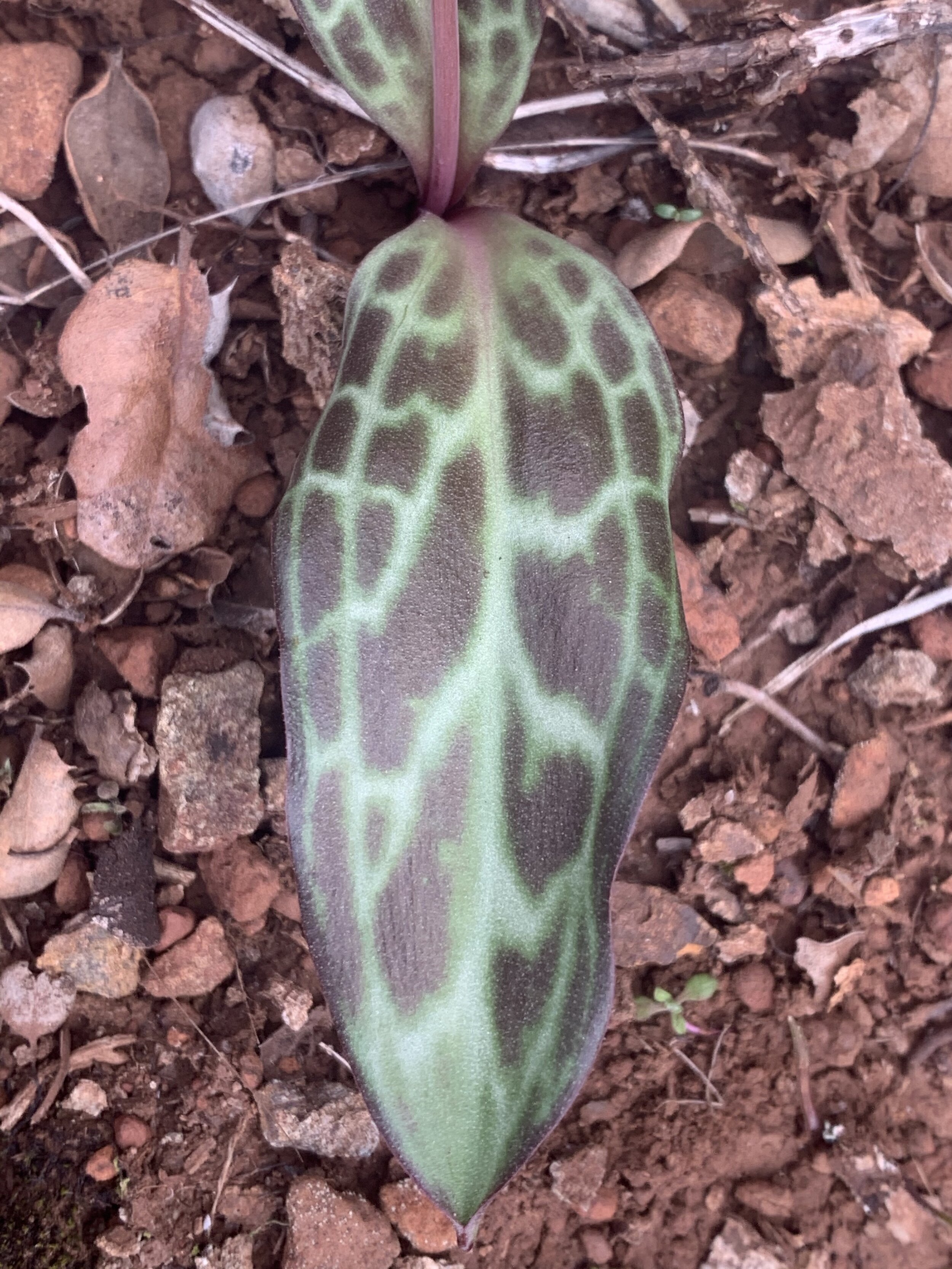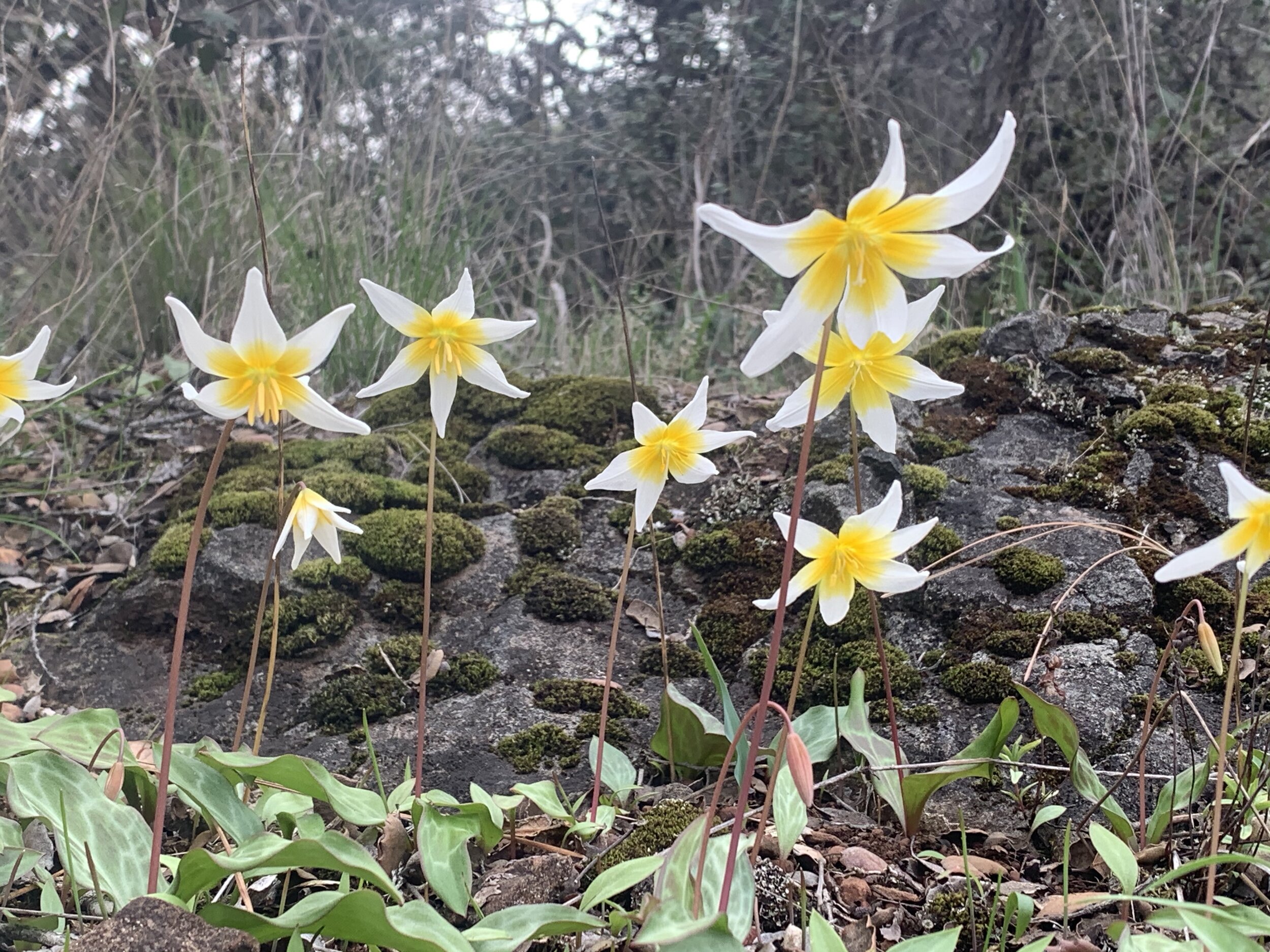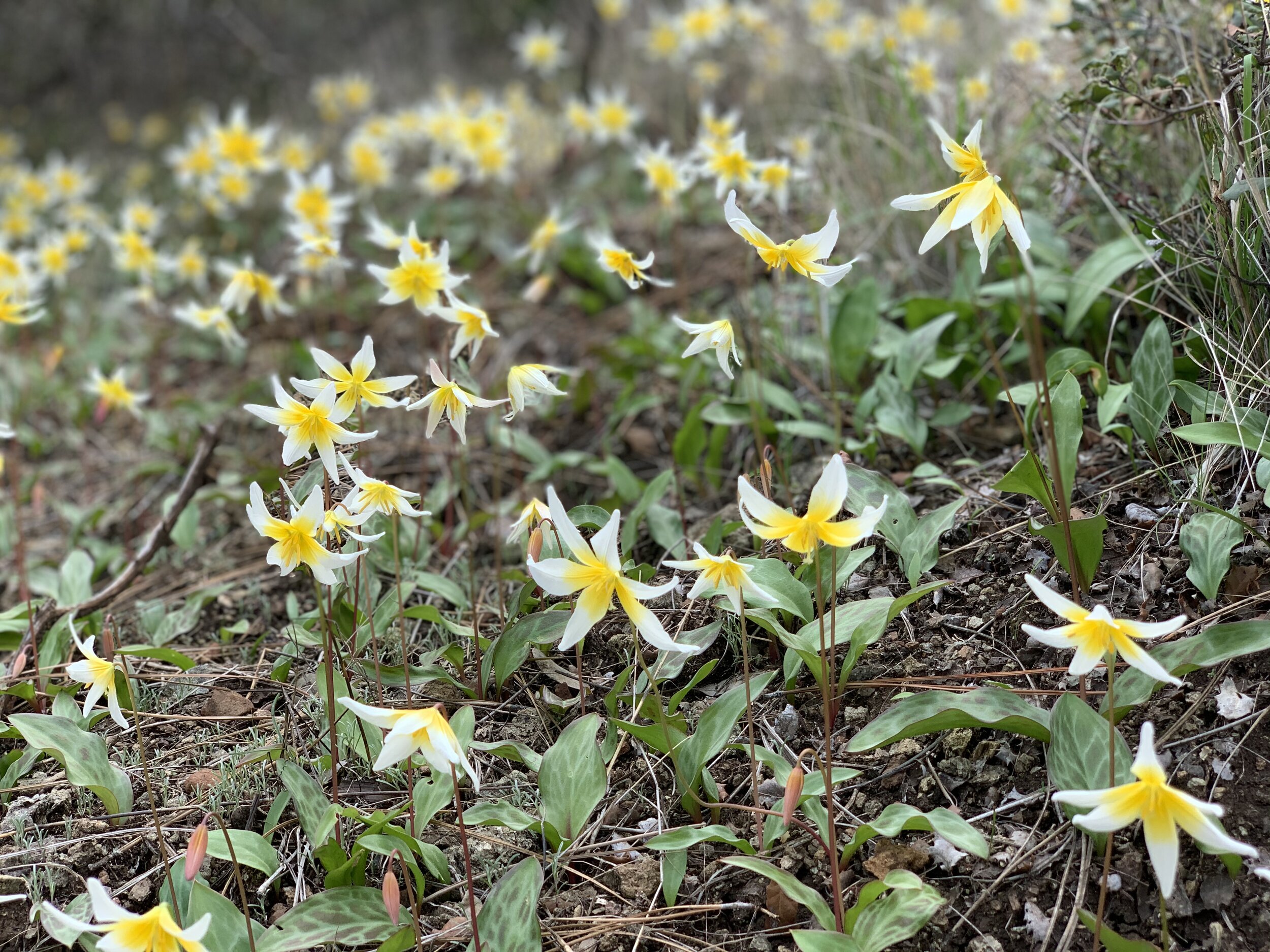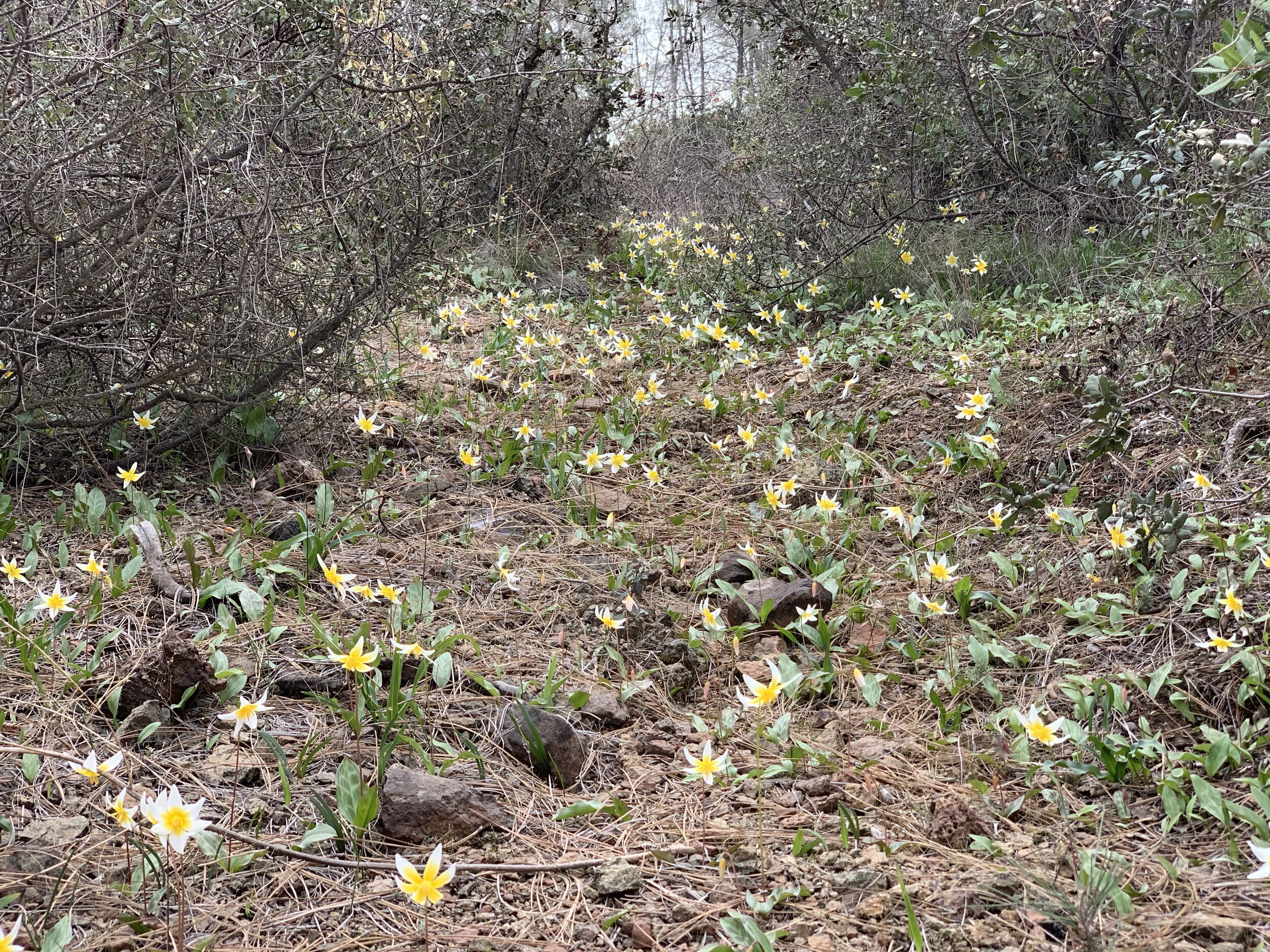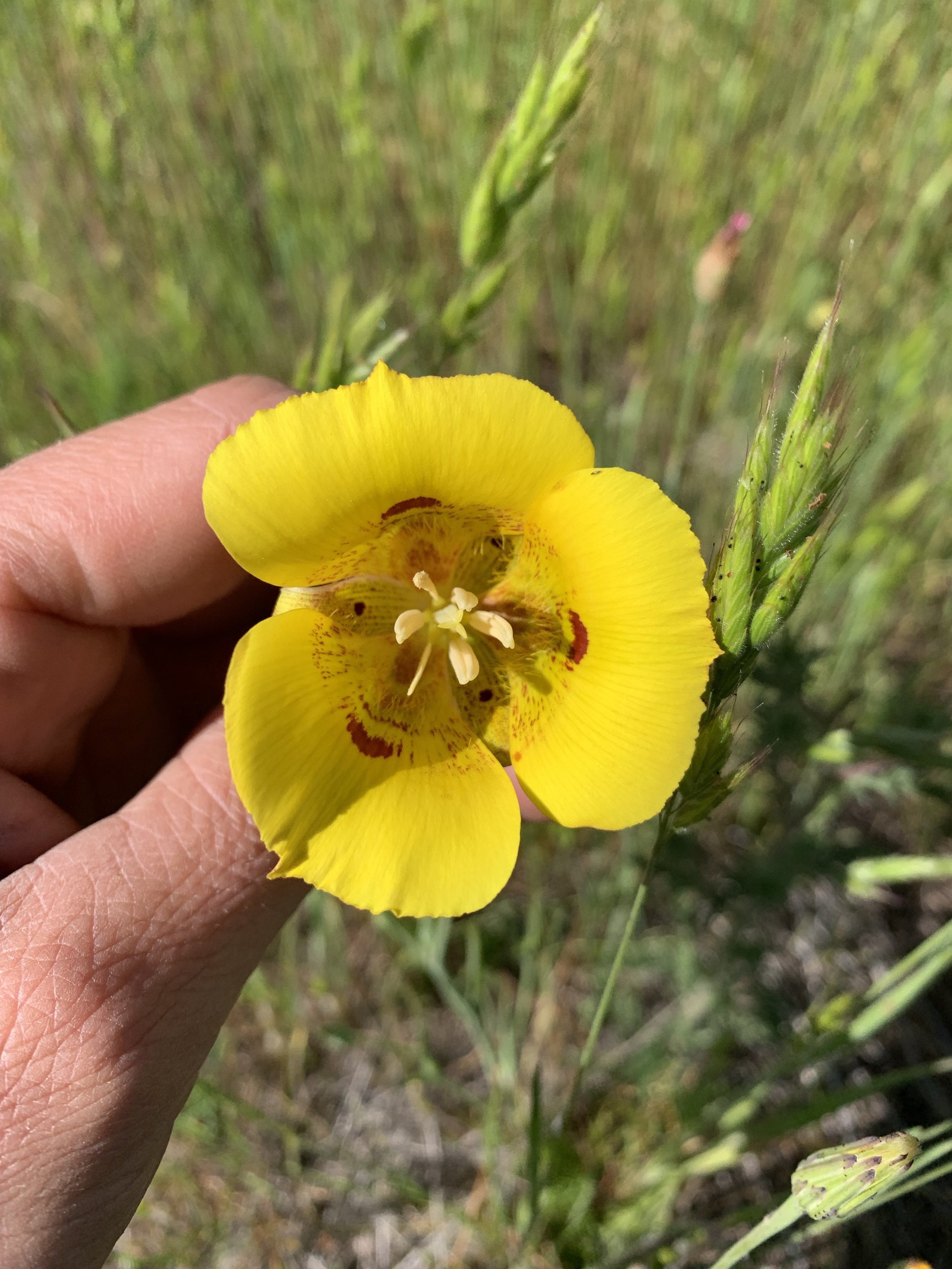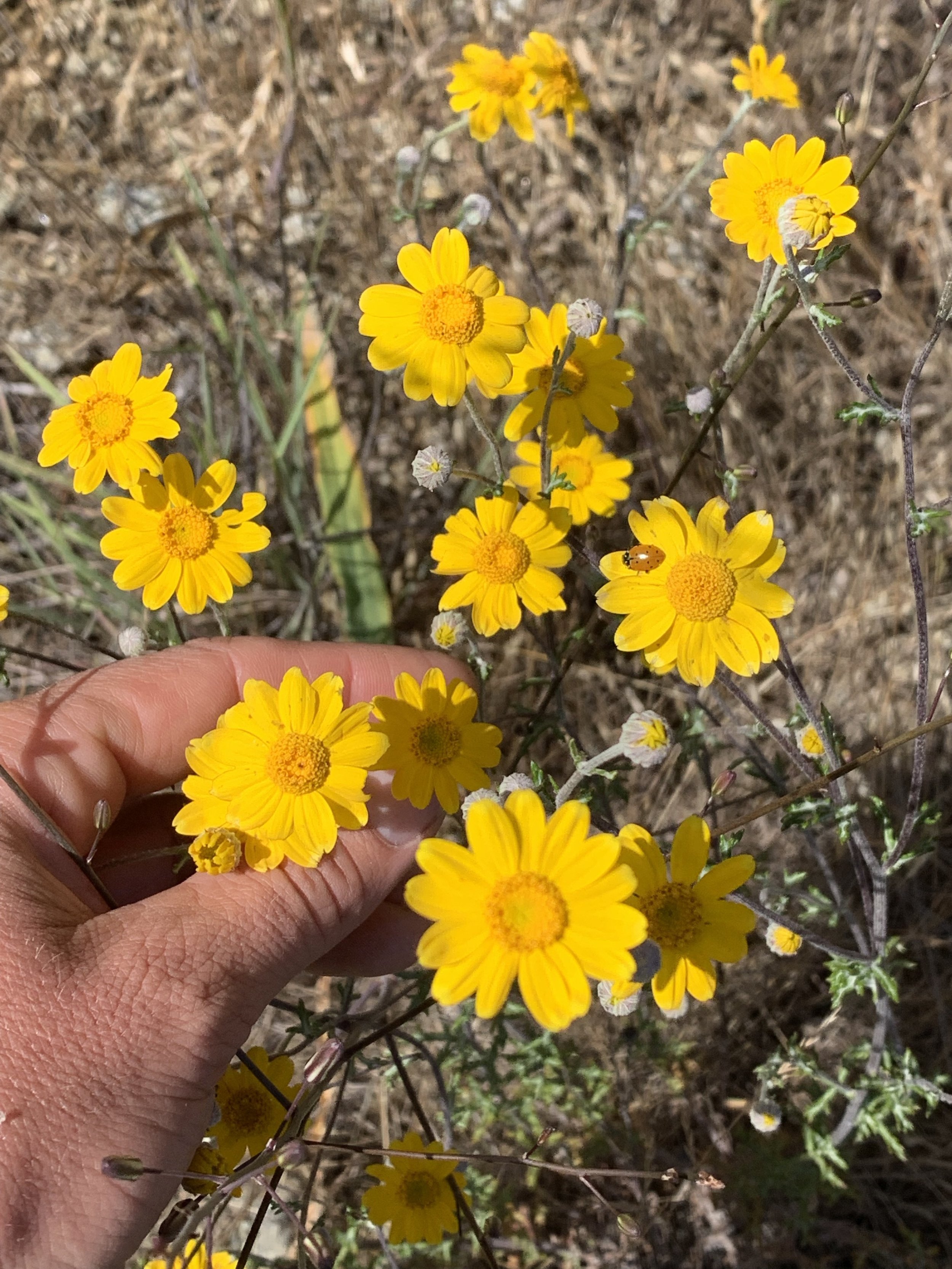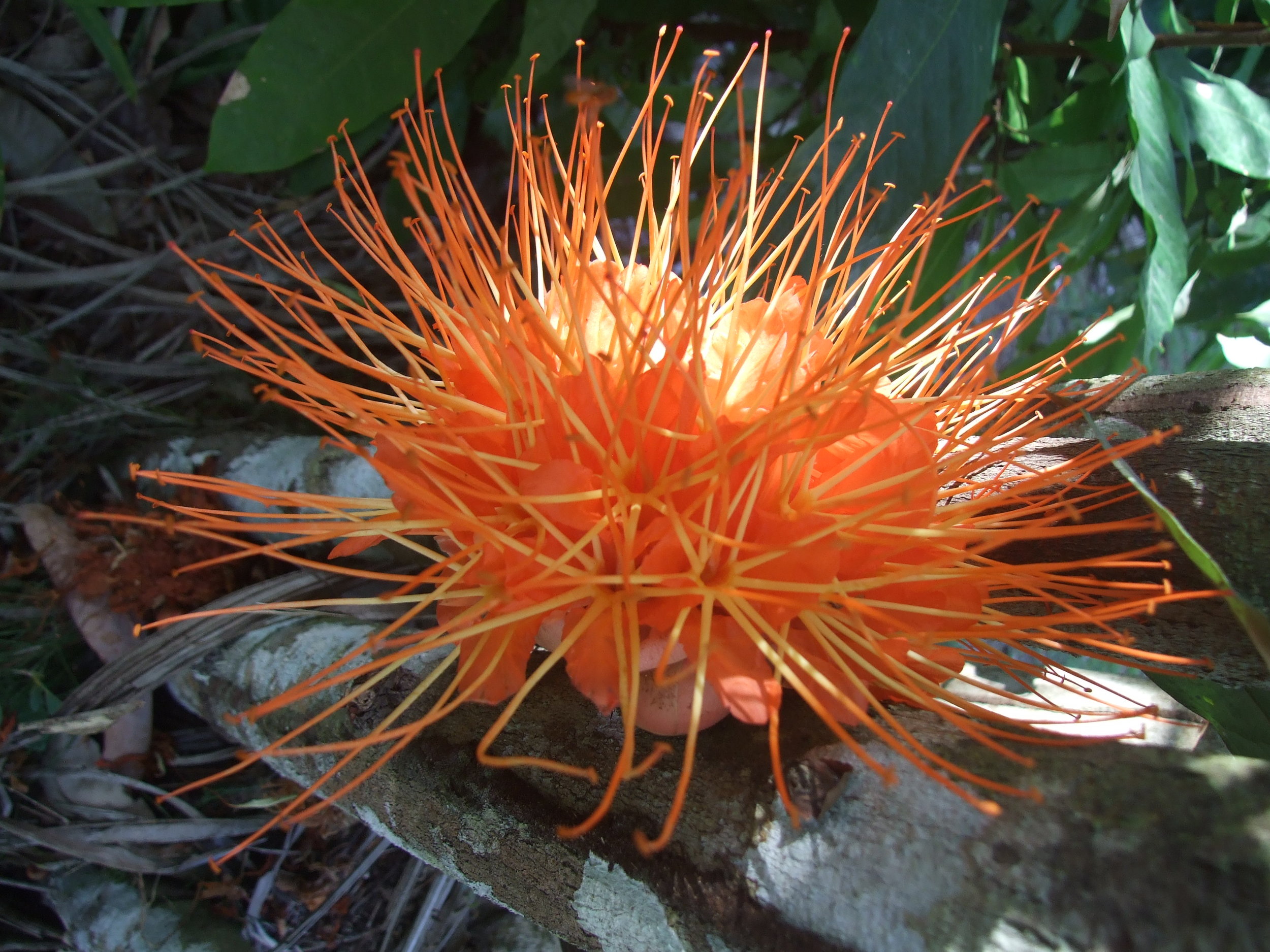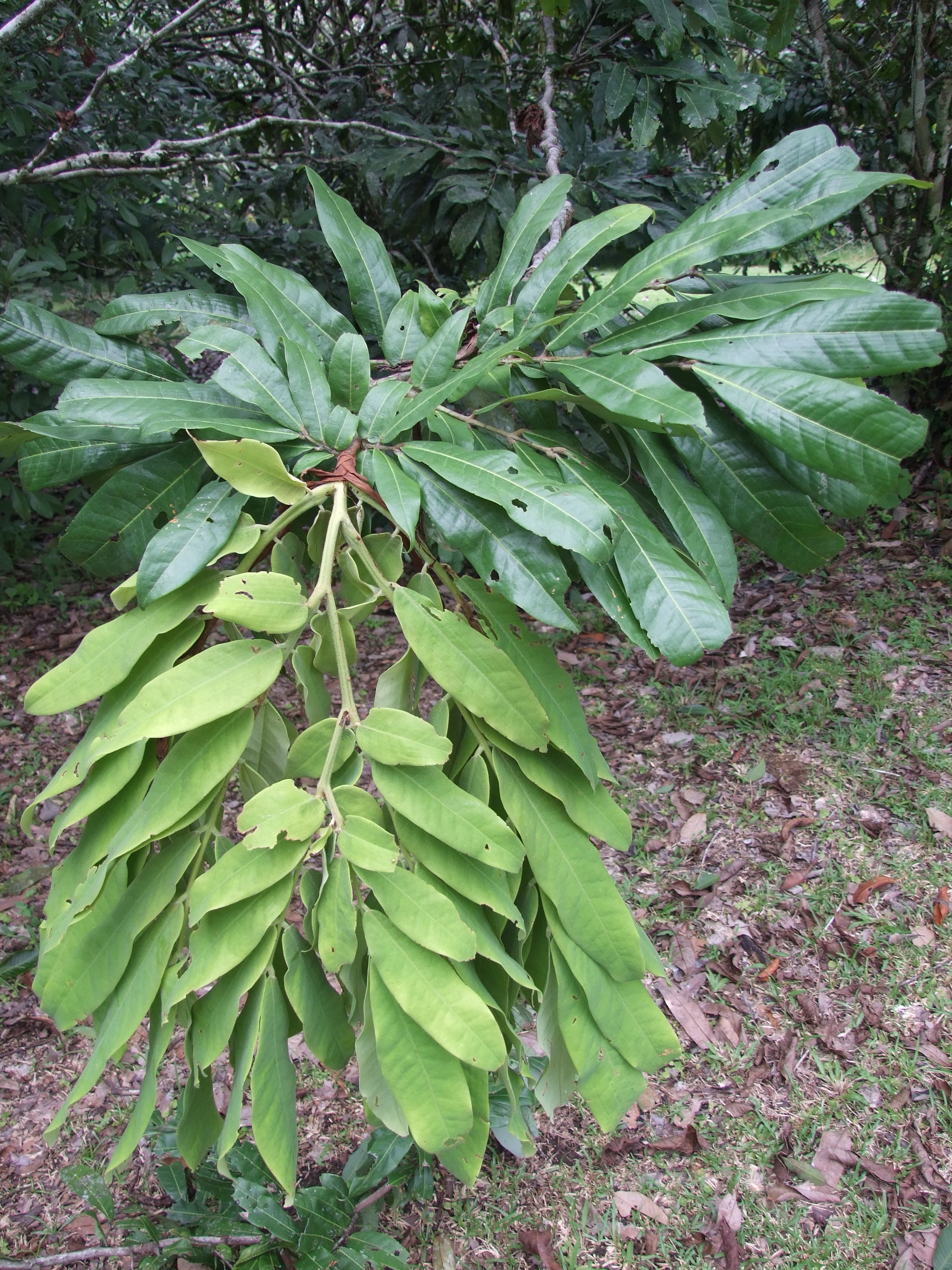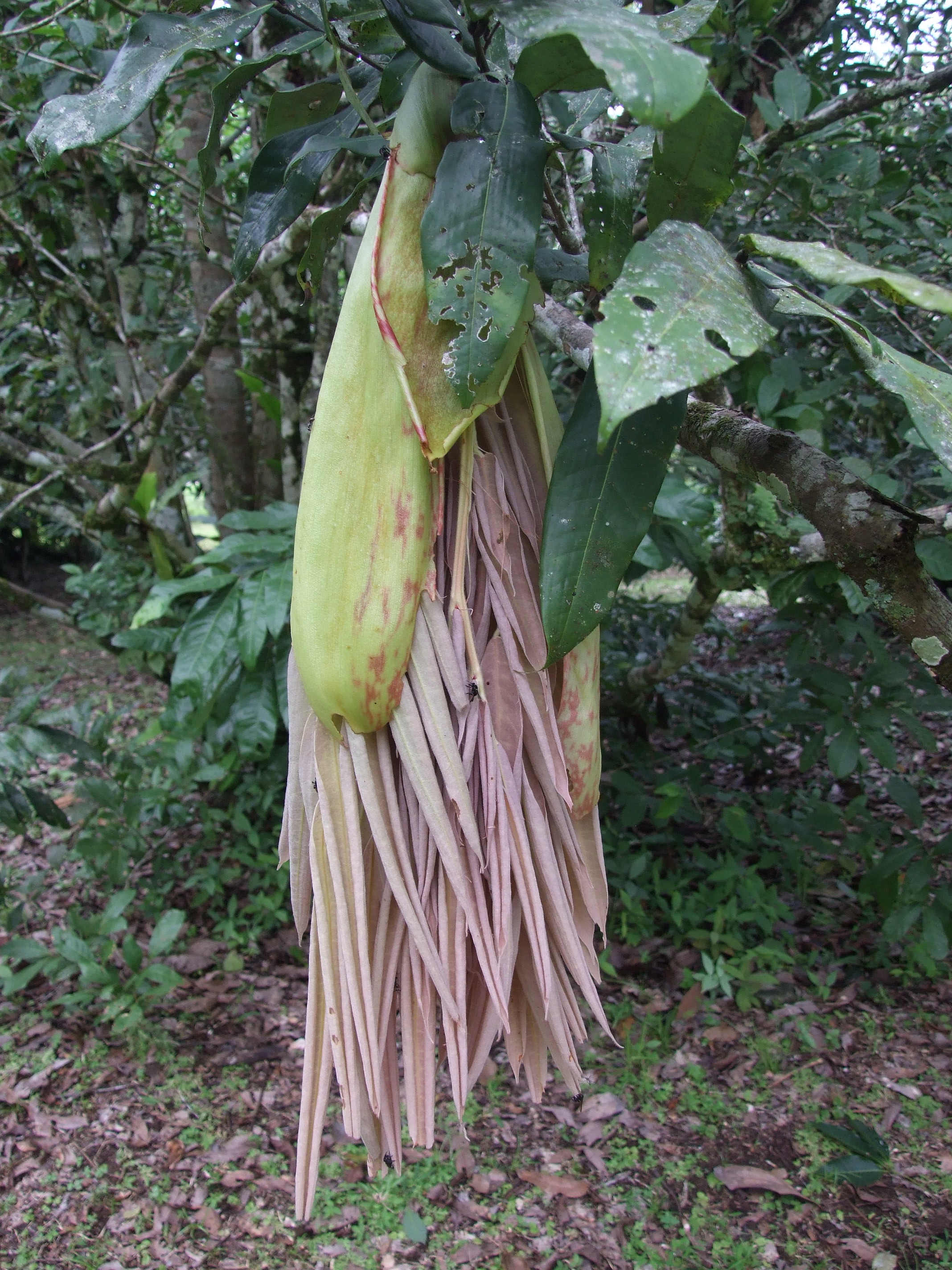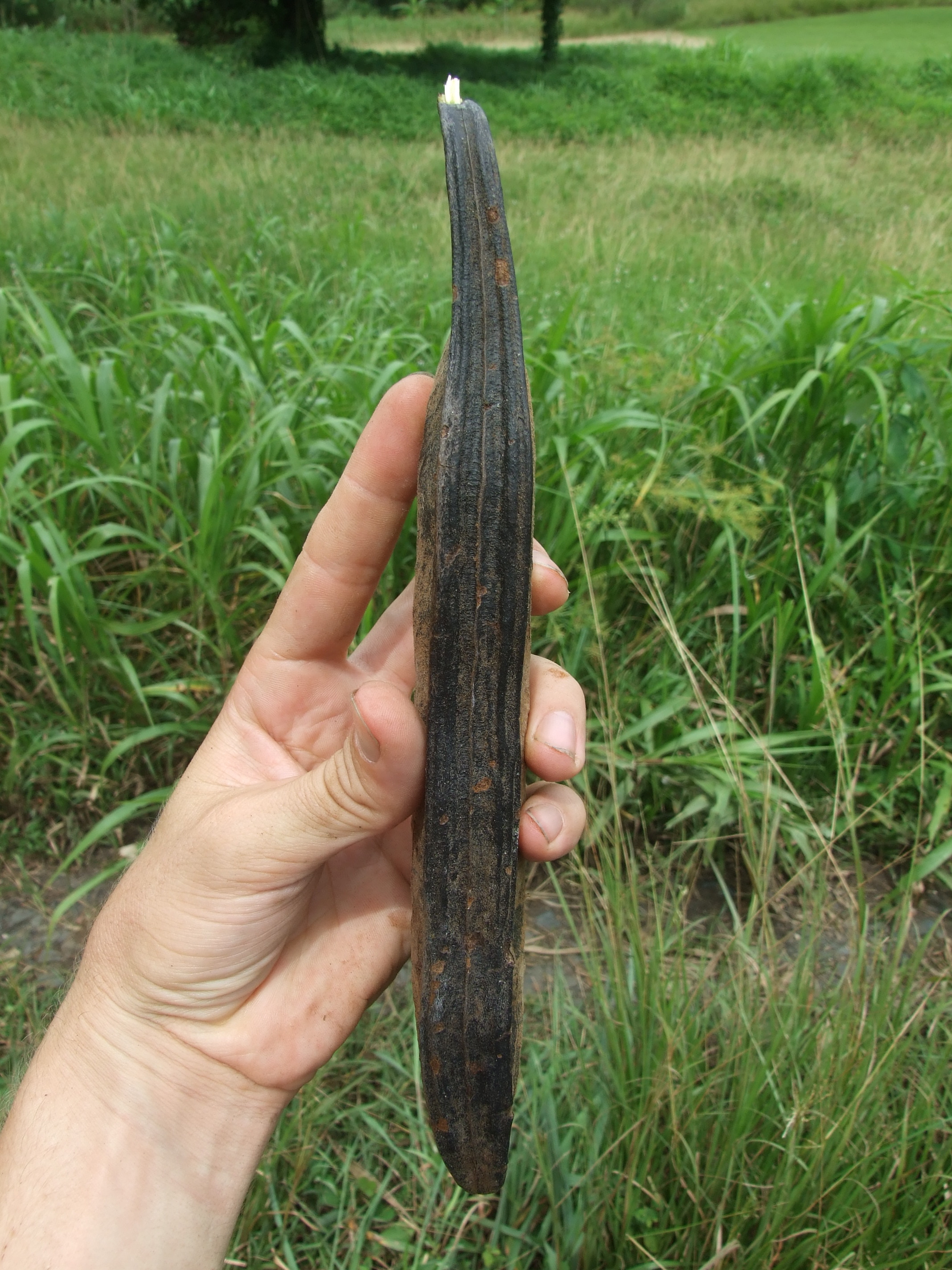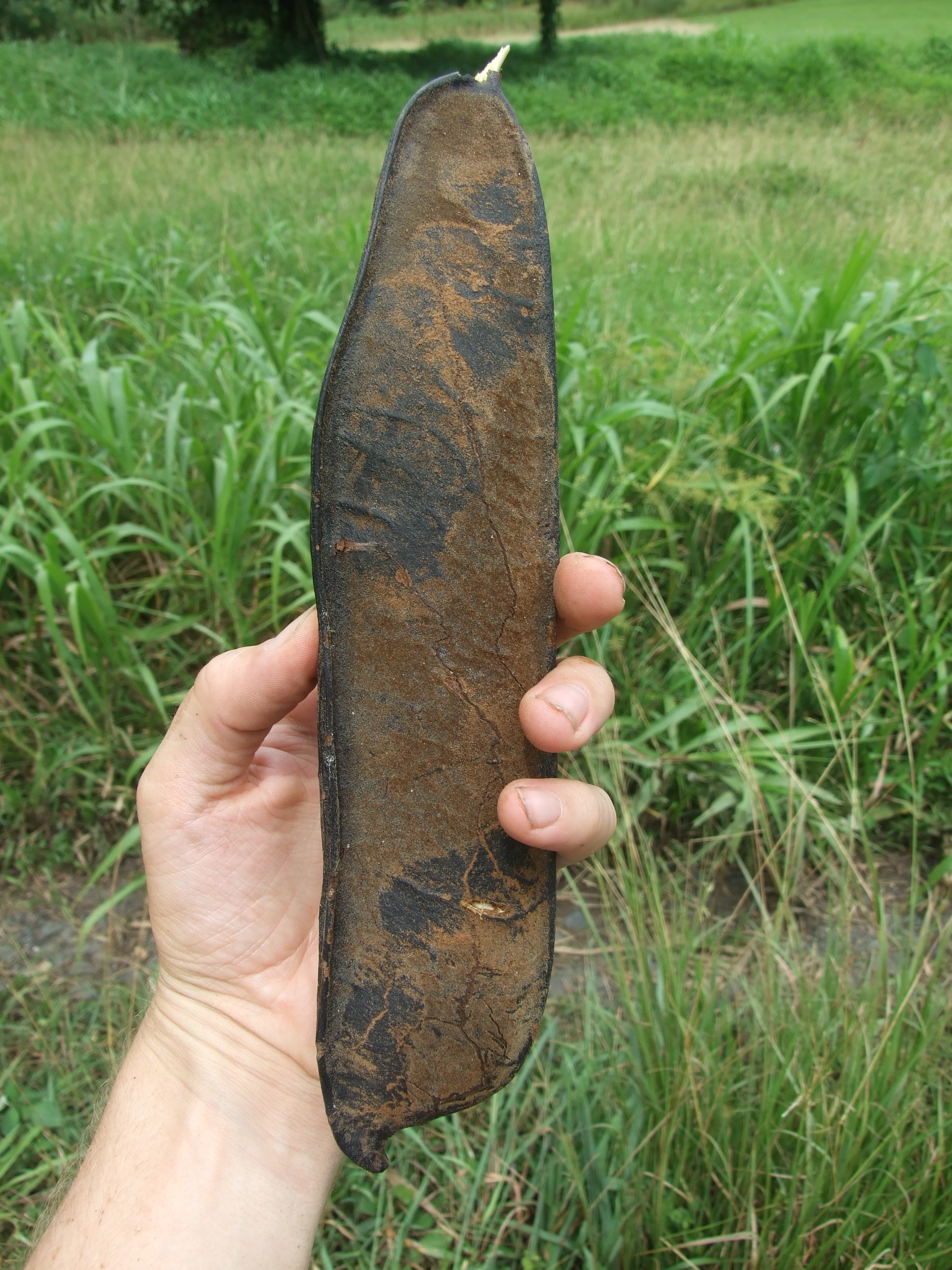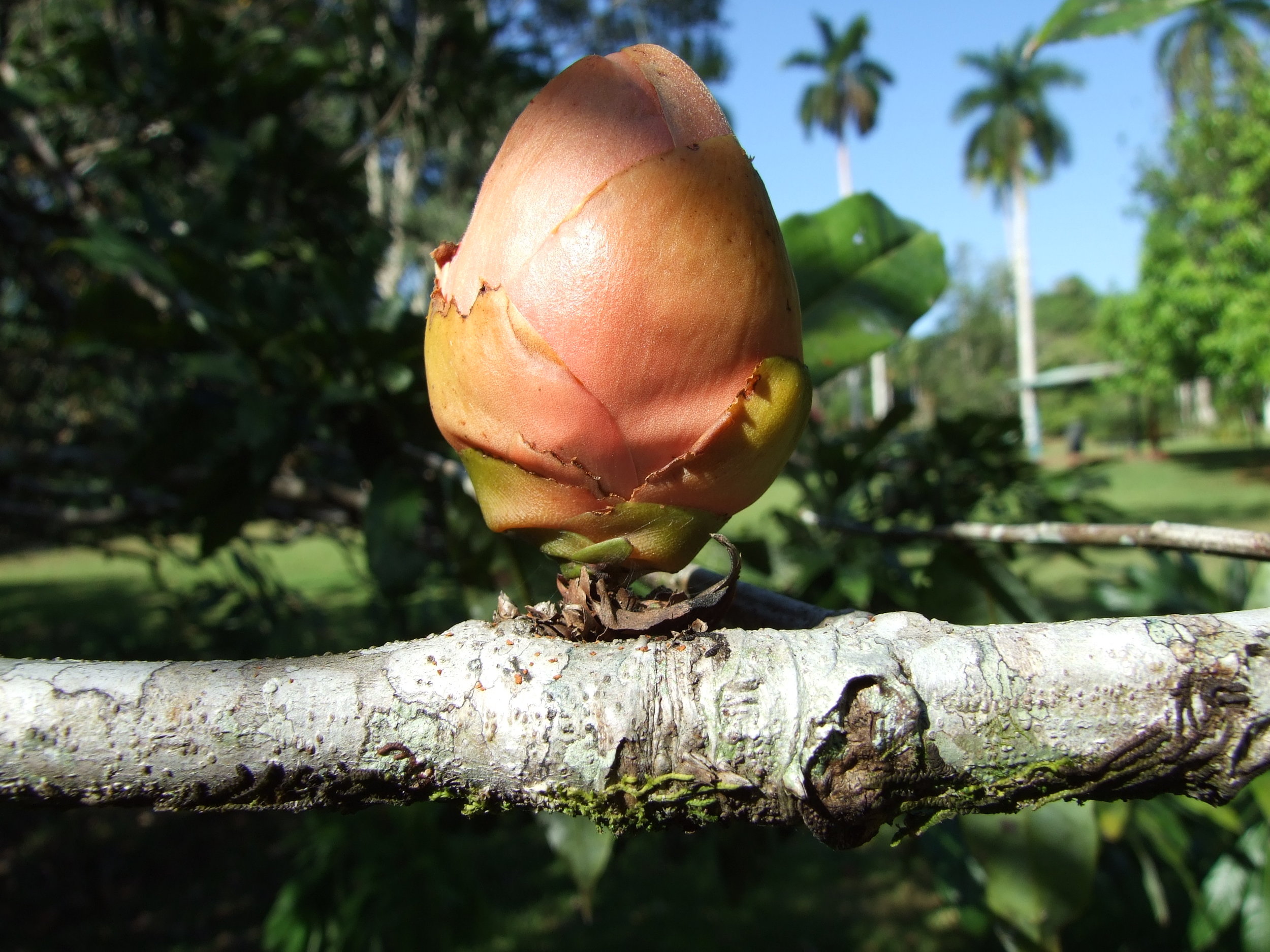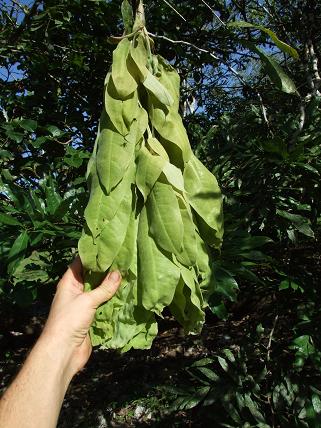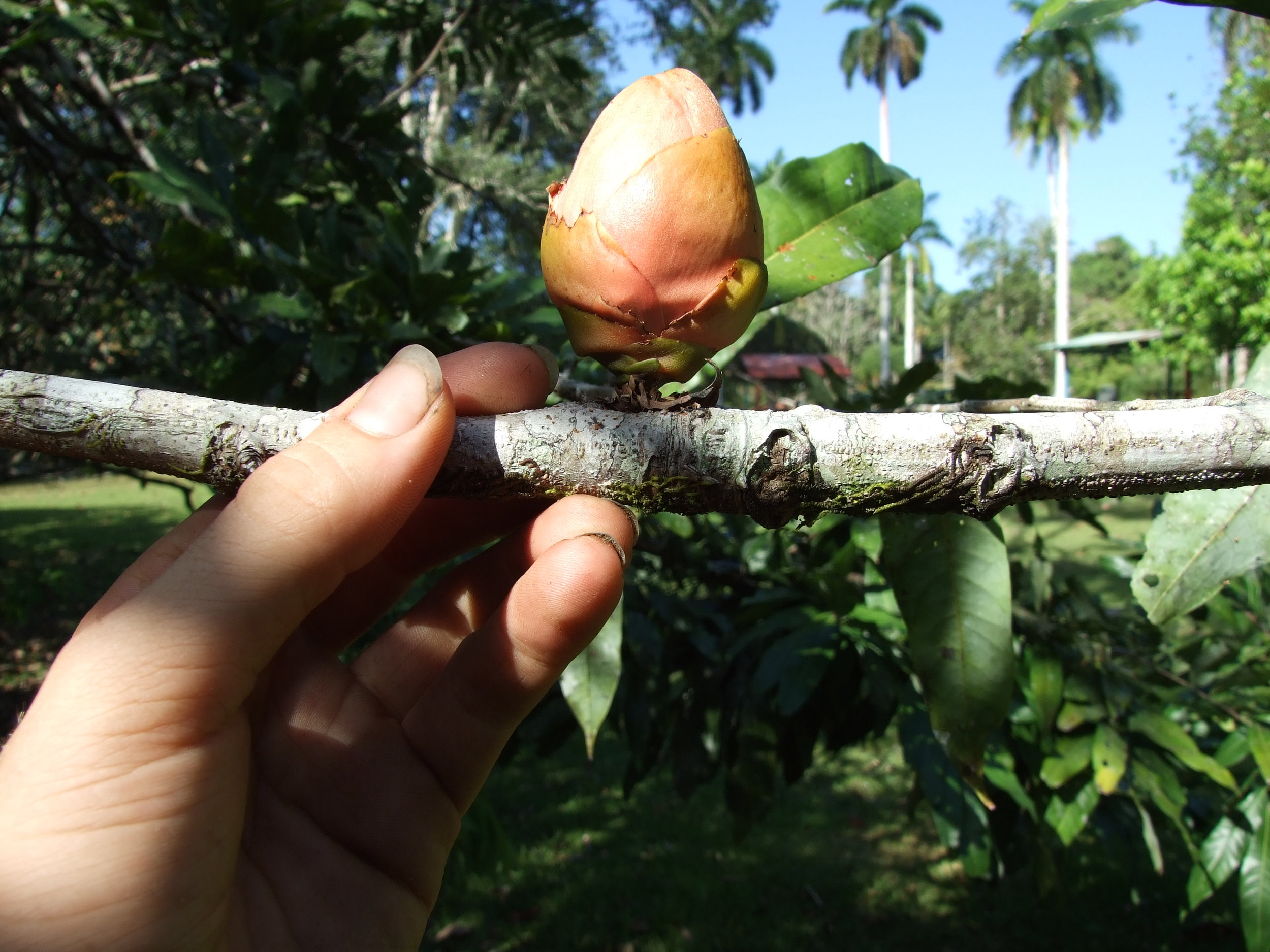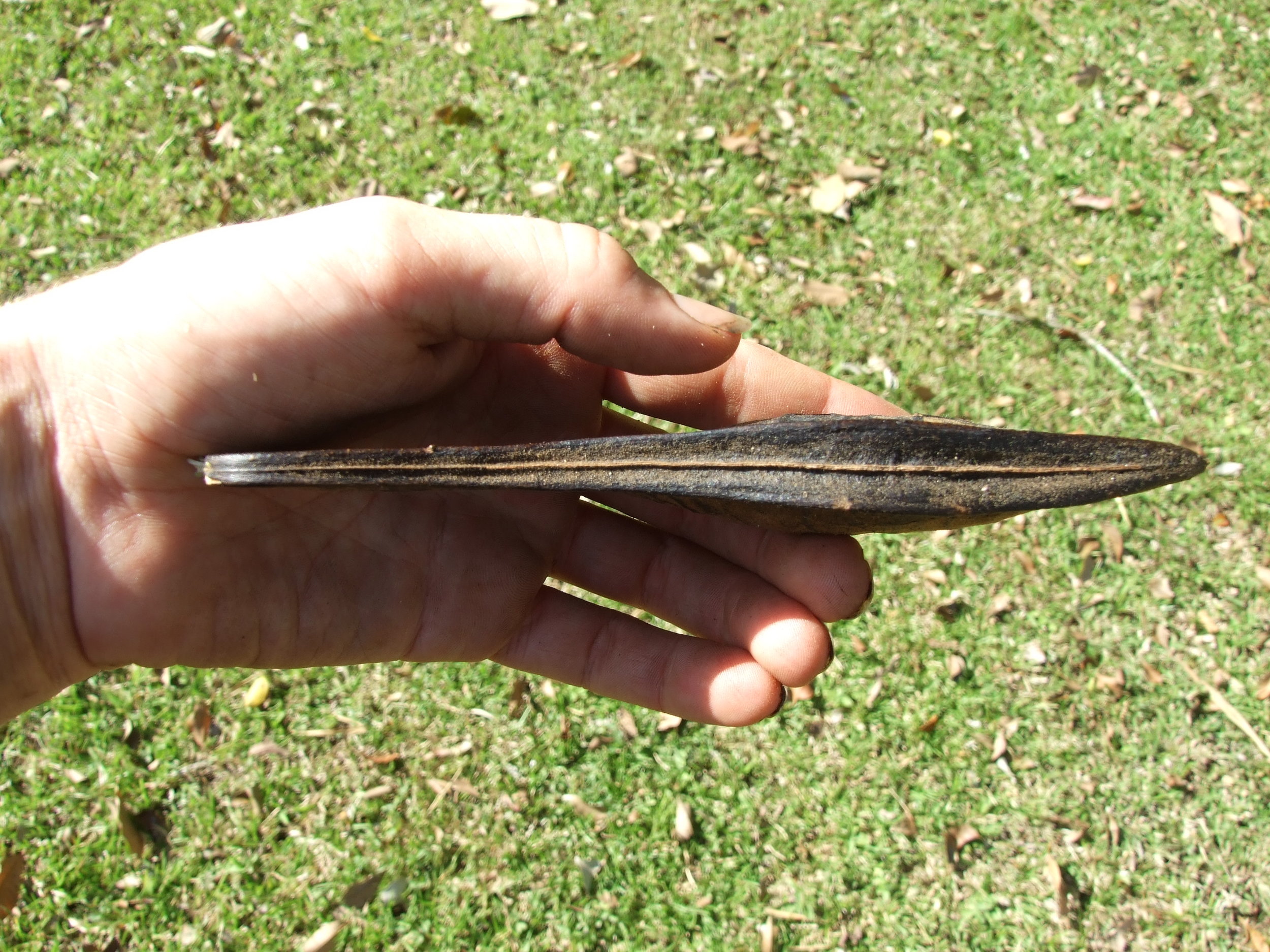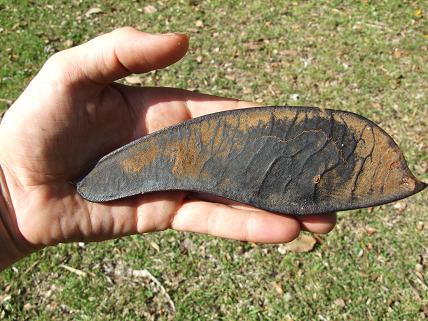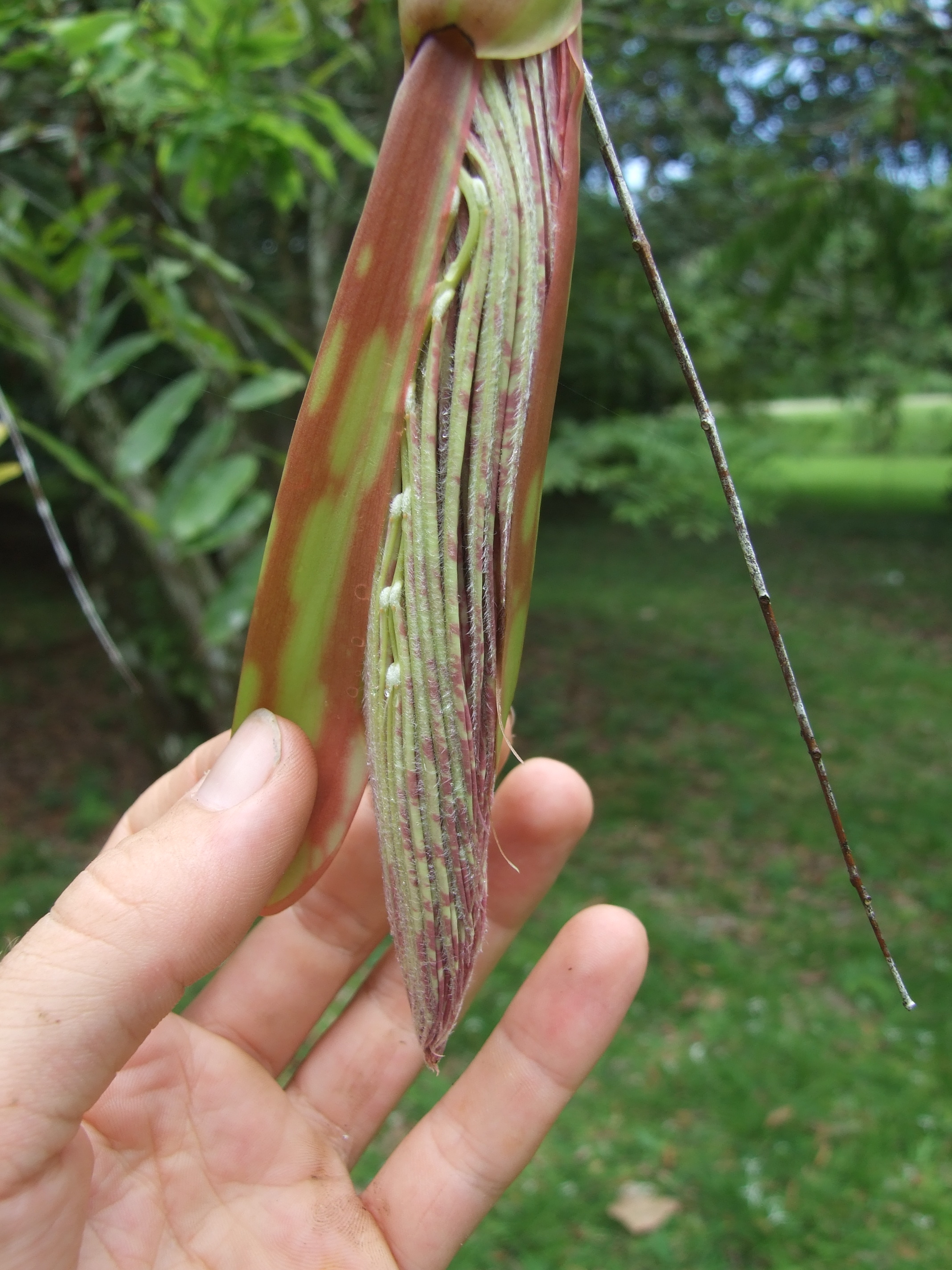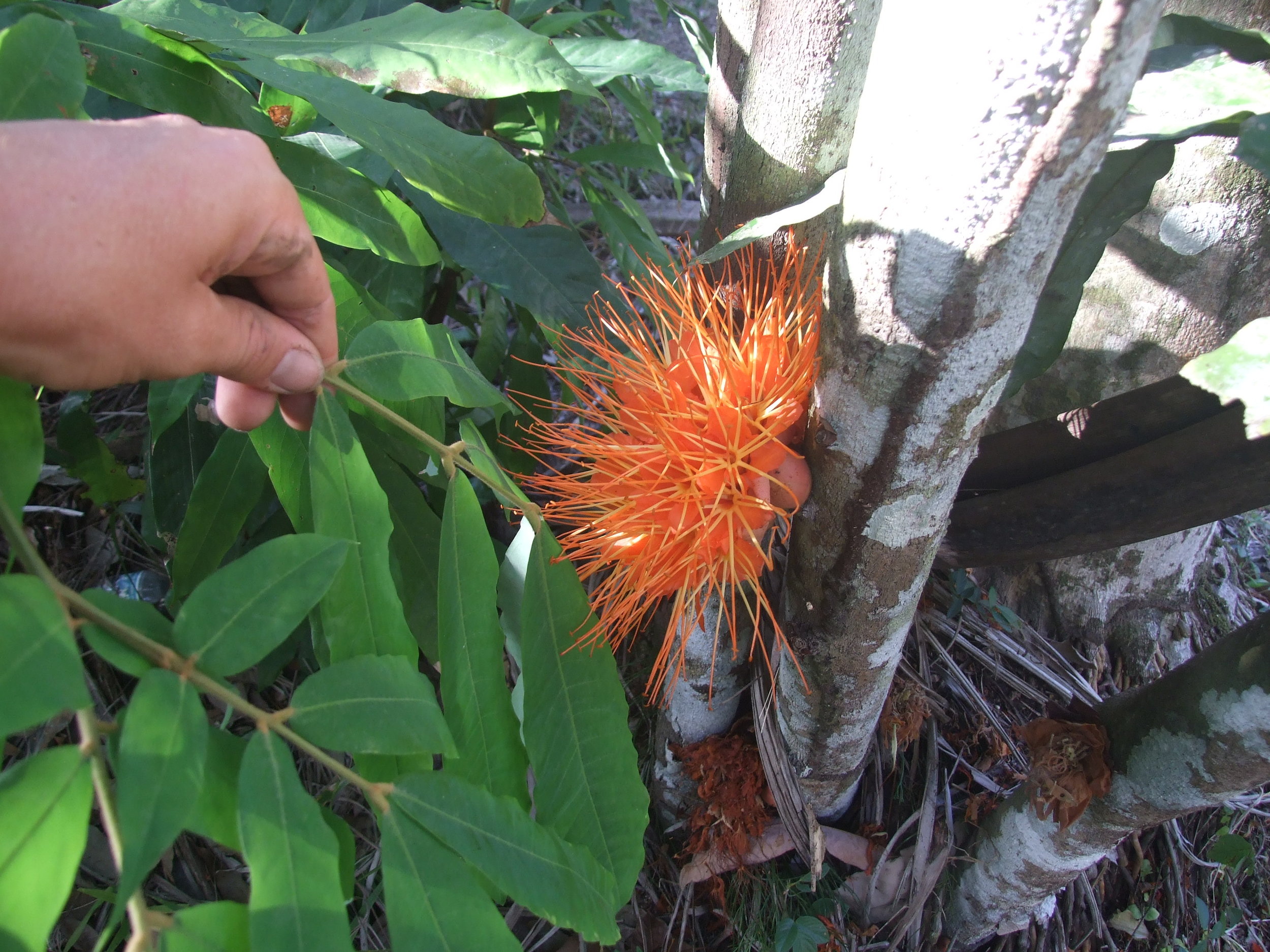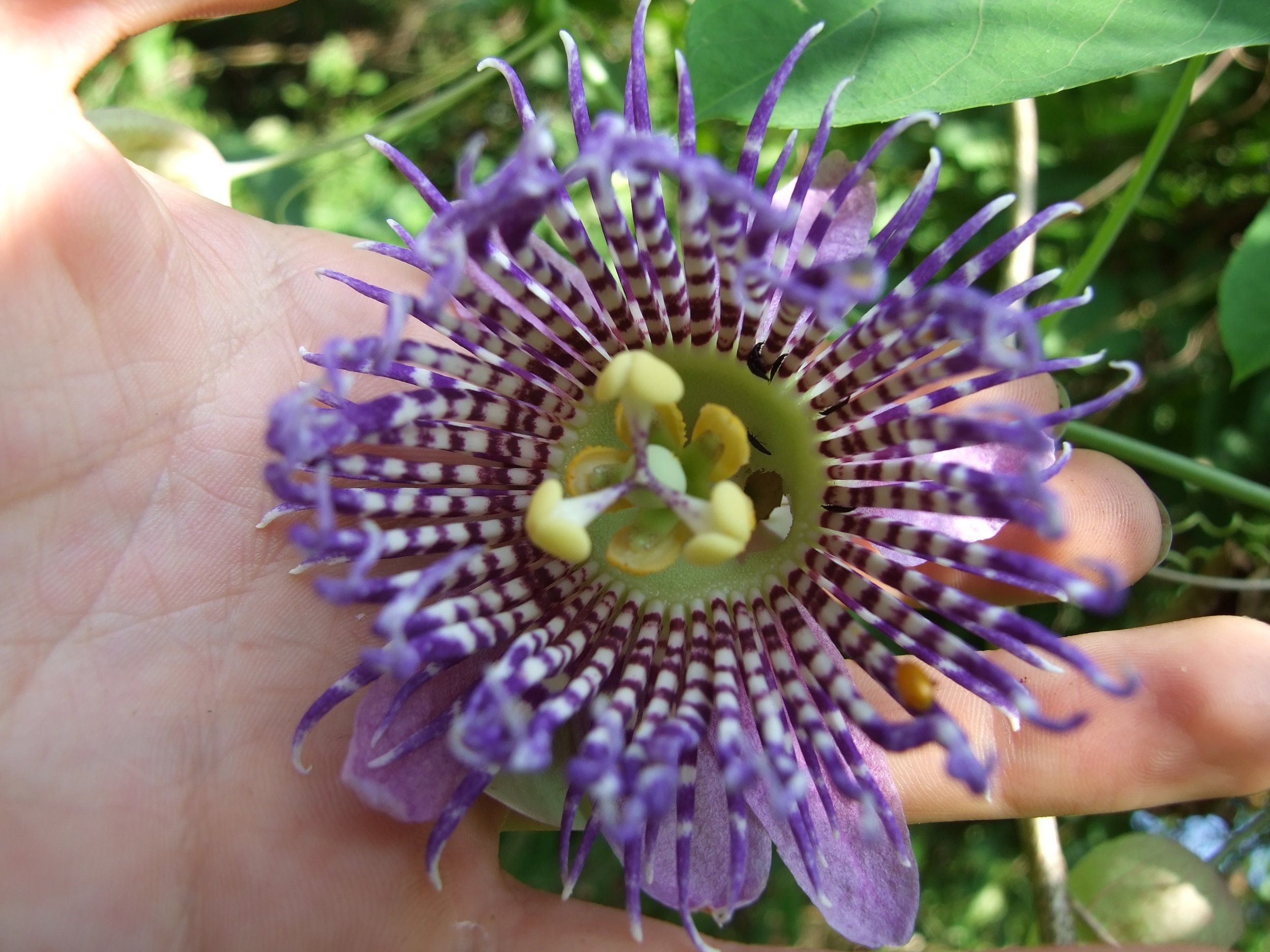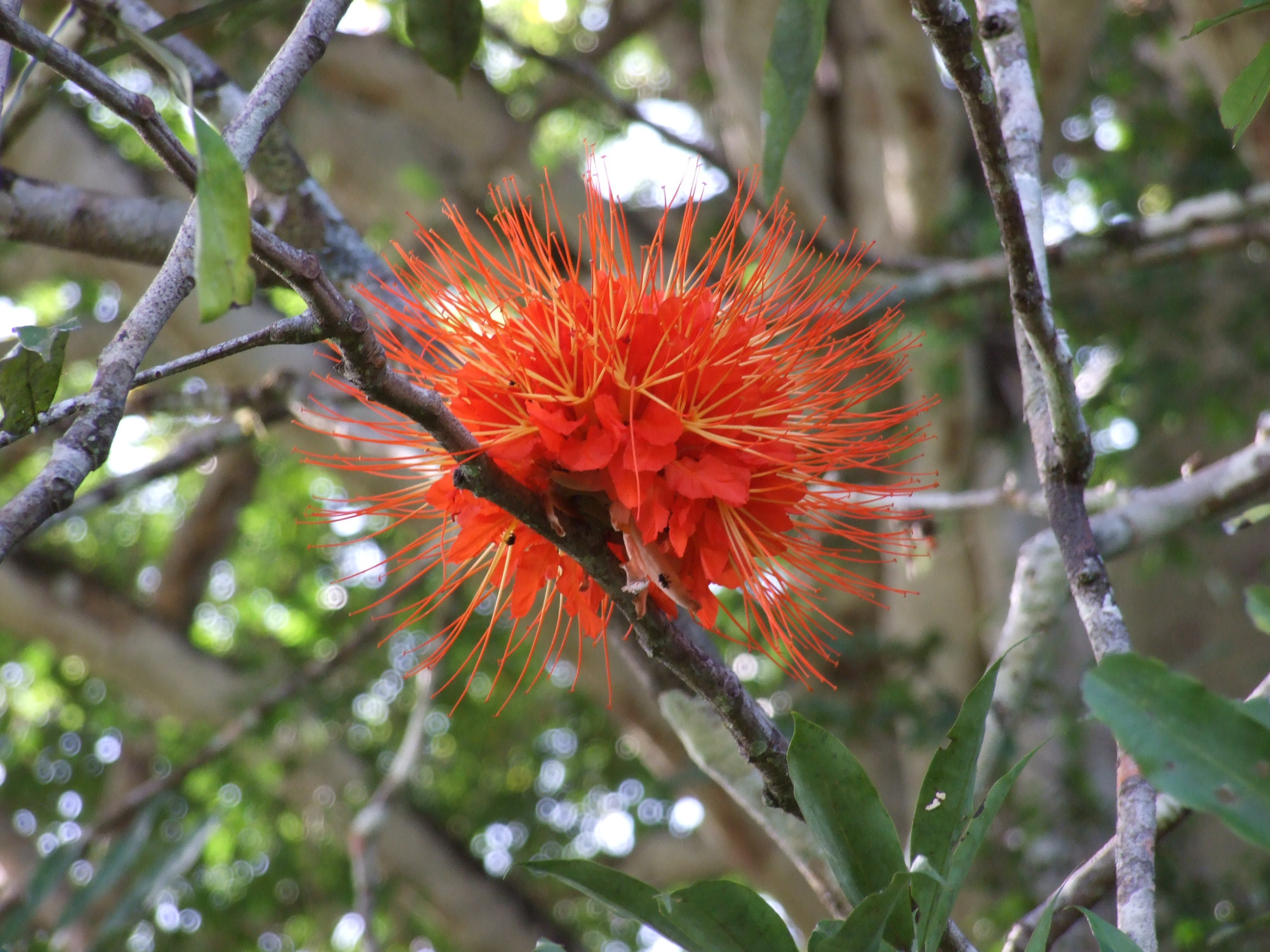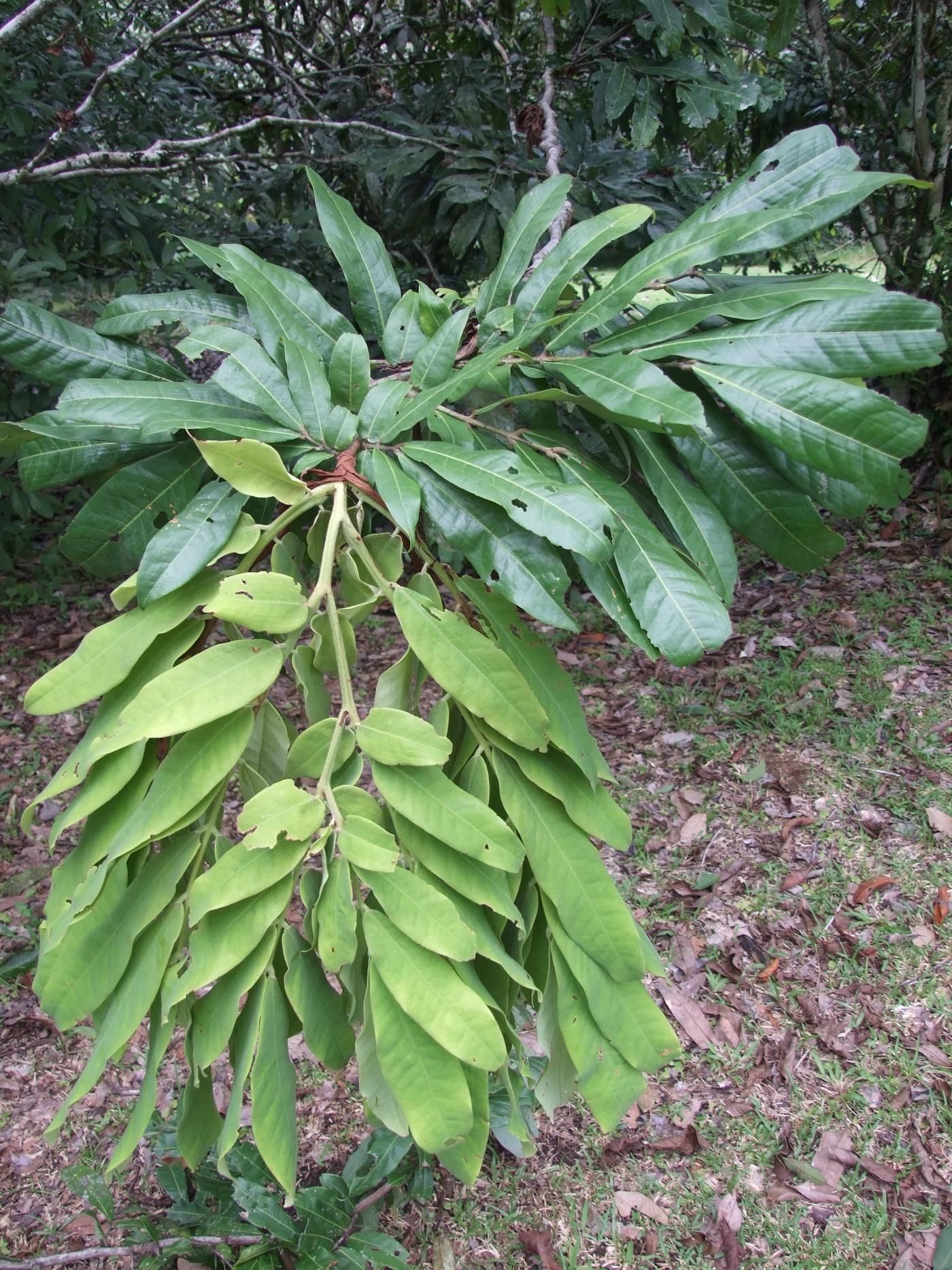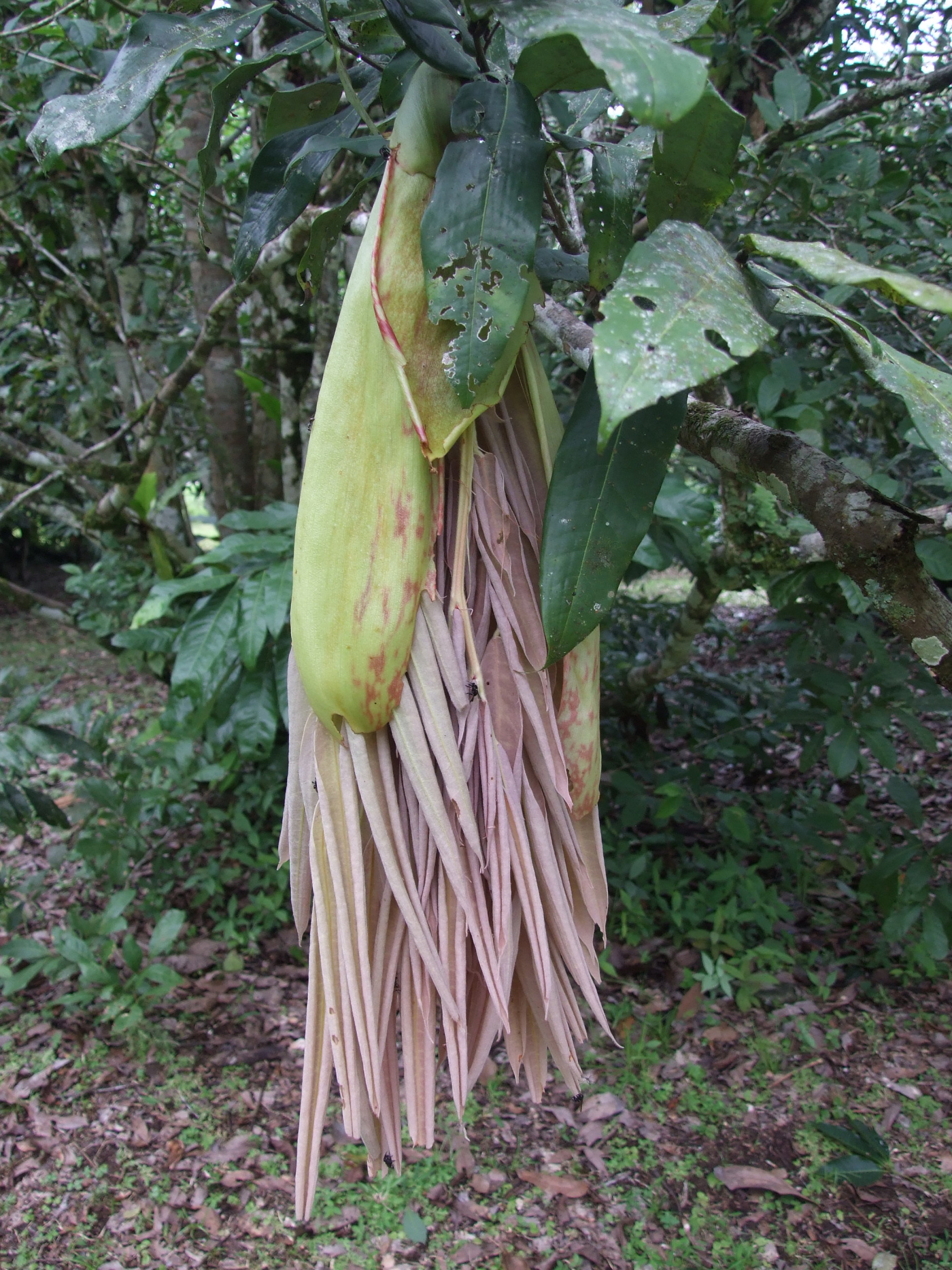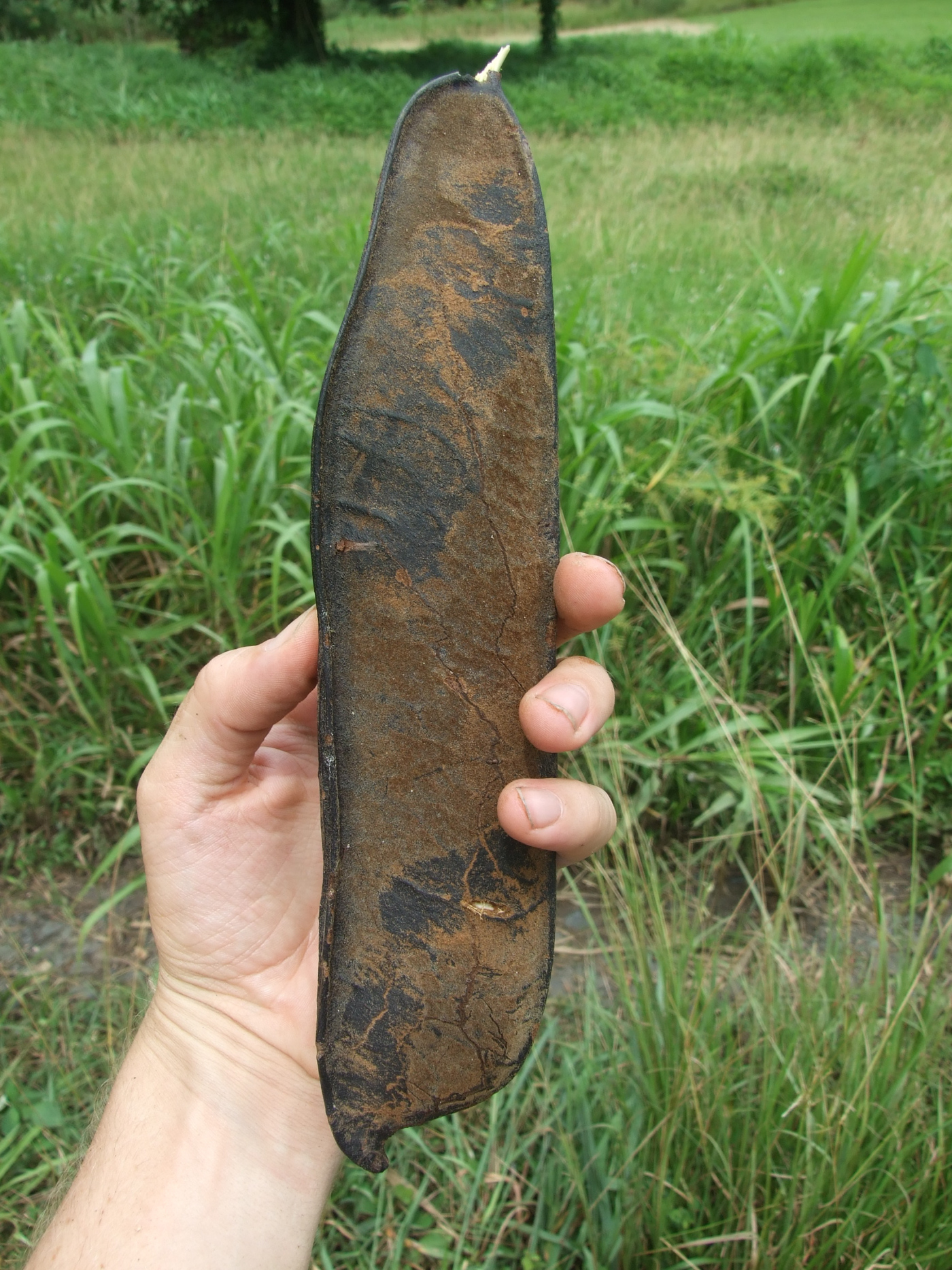Erythronium californium is a herbaceous perennial bulb native to Northern California. I took these photos in Lake County where the highly scented flowers appear in full bloom at the end of February through March. numbering in the many thousands.
The bulbs, along with many other regional species, were an important food source for indigenous peoples. The bulb populations we see today are remnants of previously managed and far more extensive traditional food and land management systems.
The area depicted in these photos consists of semi-dense chaparral consisting primarily of Manzanita, Heteromeles, and Quercus (duration) along with Umbellaria californica, CThe Erythronium appears in profusion, as shown below, in the understory. The bulb seems to co-exist along side a healthy gopher population, which, reportedly, can aid in the dissemination of bulblets .
Other important genera of edible neophytes widely consumed in pre-contact California include Allium, Brodiaea, Camassia, Chlorogalum, Calochortus, Dichelostemma, Lilium, Lomatium, Perideridia, Sanicula, and Triteleia.

